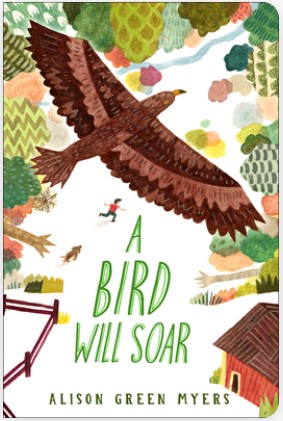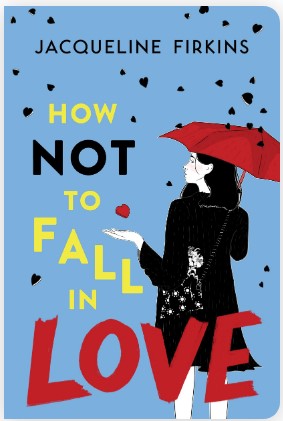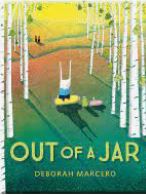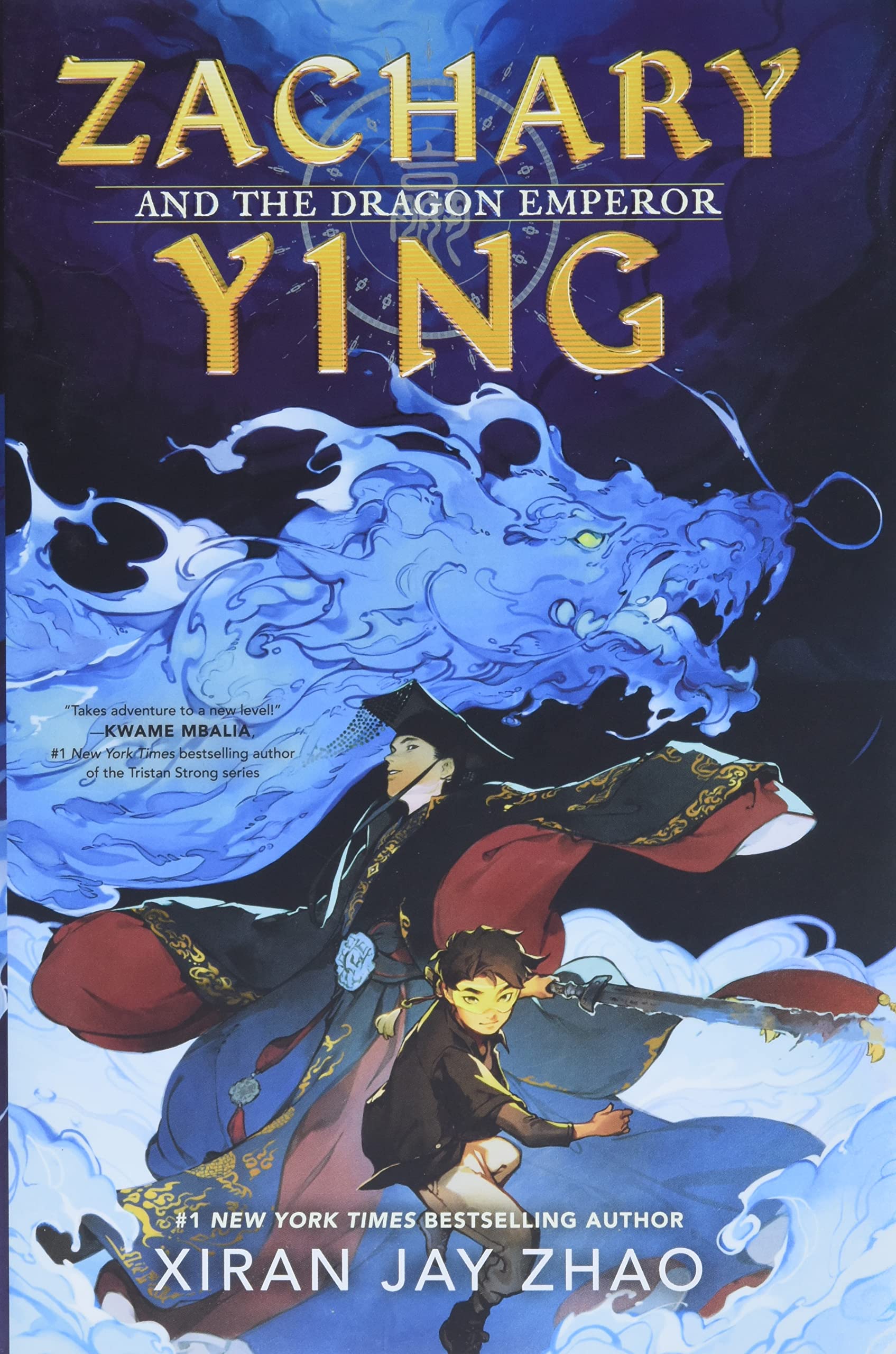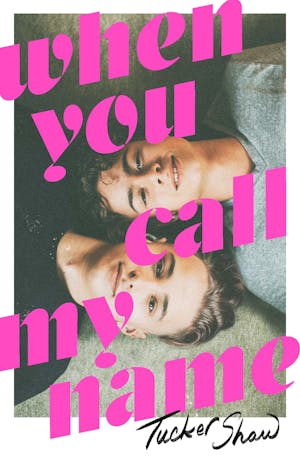This book is a solid addition to the current craze for scary books for younger children. Former elementary art teacher Kory Merritt does a great job of tapping into some of our deepest fears and weaving them into the plot and his illustrations. Let’s review. The fear of disappearing and no one noticing you are gone (not even your parents)? Check! Your fear of that creepy house on the edge of town that just doesn’t seem right? Check! The fear of scary looking snowmen getting closer whenever you aren’t watching? Check! Unidentifiable, weird creatures coming out of the walls? Check! A dark basement full of alienesque creatures? Check!
The format is a true hybrid, seamlessly going back and forth between sections with a half page of text with one large picture to a graphic novel. In lesser hands this style can be distracting, but Merrit uses it to build energy and suspense as well as signal moves between different locations and plot lines. The main character Kat is using her phone to film a documentary on the strange goings on in their small town. The result has a Blair Witch Project meets Buffy the Vampire Slayer vibe.
The characters feel like real people and are relatable. From the distracted school principal to the cool science teacher to the janitor who seems a bit out there, each person adds a layer to the story. If you pay close attention to the janitor’s dialog, you will recognize nods to some films like The Princess Bride.
The strongest part is the illustrations. From the students gathered in the cafeteria to an all out otherworldly invasion, the pictures are powerful. They are what keep you turning pages. The story however goes deeper than what you might expect. This could be a great way to engage reluctant readers of novels to dig deeper and learn about plot devices, character development, or satisfying endings,to name a few. Merritt cleverly builds his narrative across the entire story. While there is a resolution at the end, you also realize the story is not over yet. You are wondering about what will happen next.
This is the second of three books planned for the series. I hope Kory Merritt continues to offer kids great adventures.

